For Ghevar batter
- All‑purpose flour (maida) – ~1 cup (or 2 cups depending on yield)
- Gram flour (besan) – a small amount (~1 tbsp) optionally to help texture.
- Melted ghee – ~¼ to ½ cup in the batter mix.
- Ice cubes / very cold water / chilled milk – very important to make batter cold.
- Cold milk – ~¼ to ½ cup.
- Lemon juice – a few drops.
- Ghee or a ghee+oil mixture for deep‑frying.
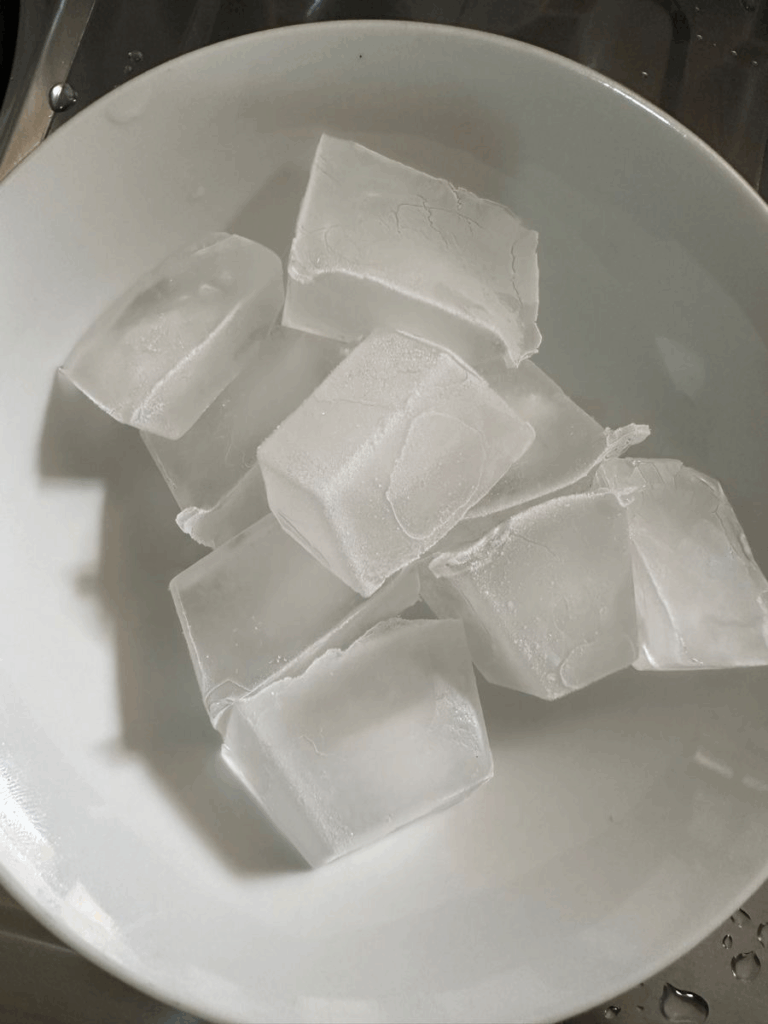
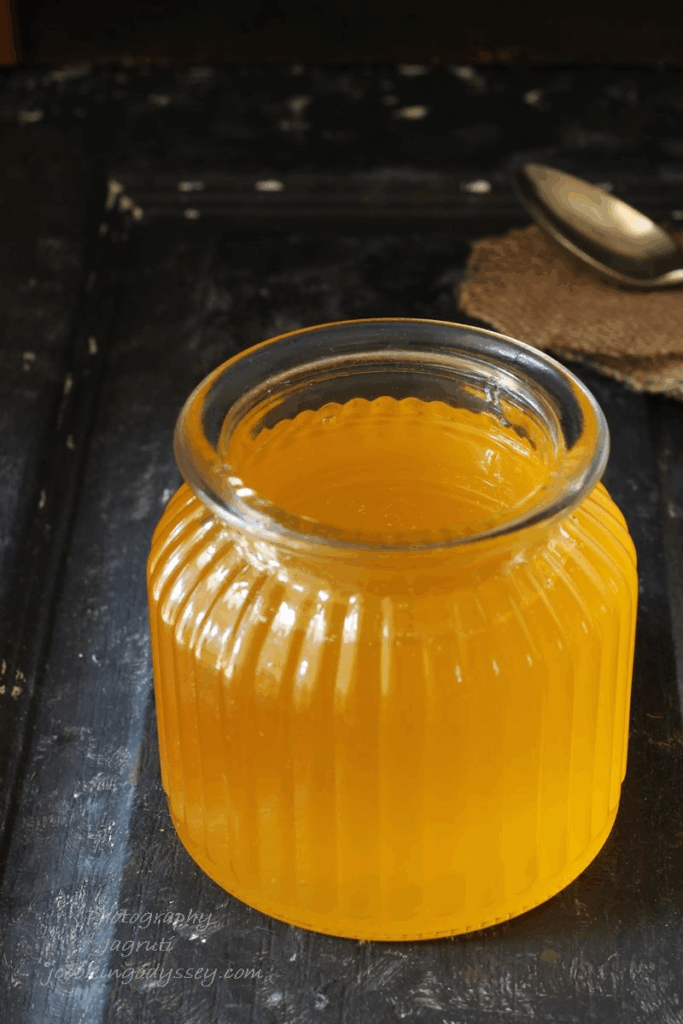
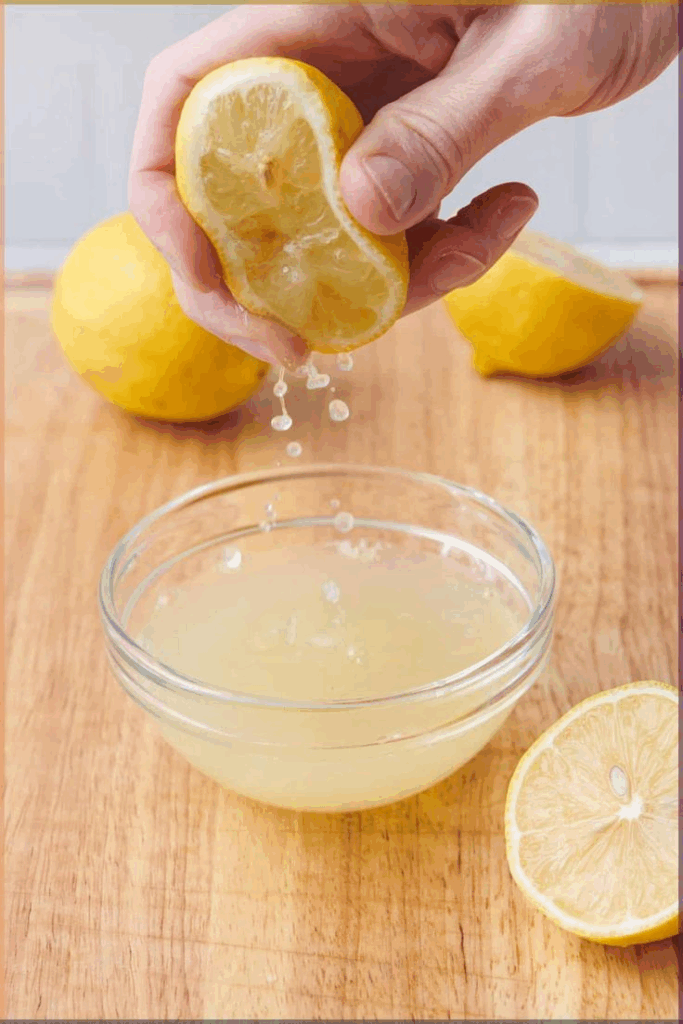
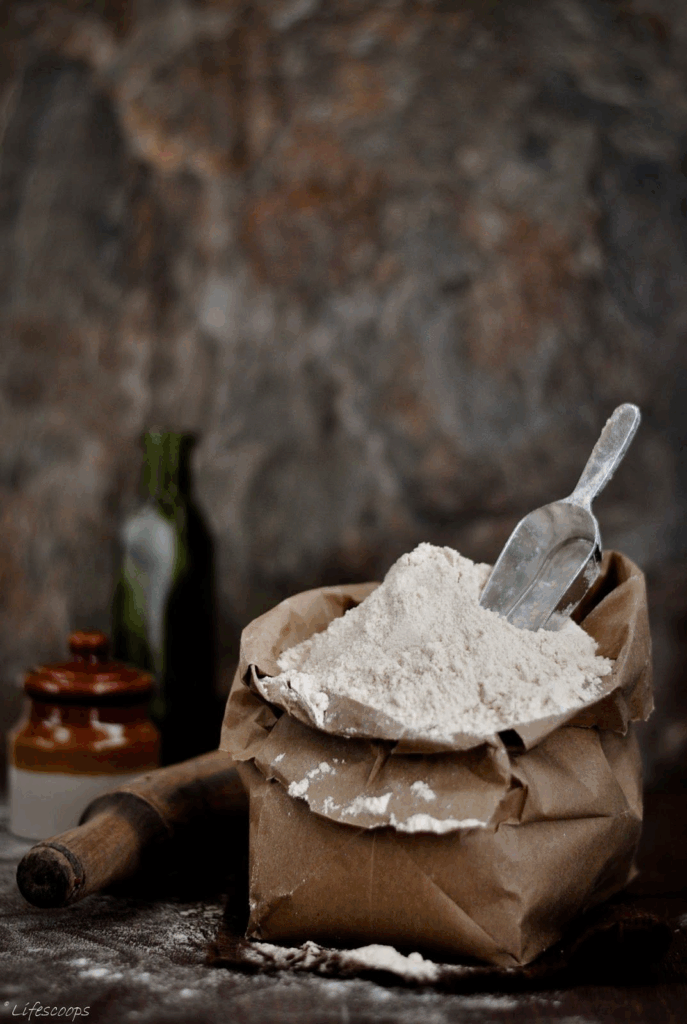
For Sugar Syrup
- Sugar – ~1 cup
- Water – ~½ cup to 1 cup depending on yield.
- Cardamom powder, saffron strands (optional) for flavour.
- A few drops of lemon juice to keep syrup clean.
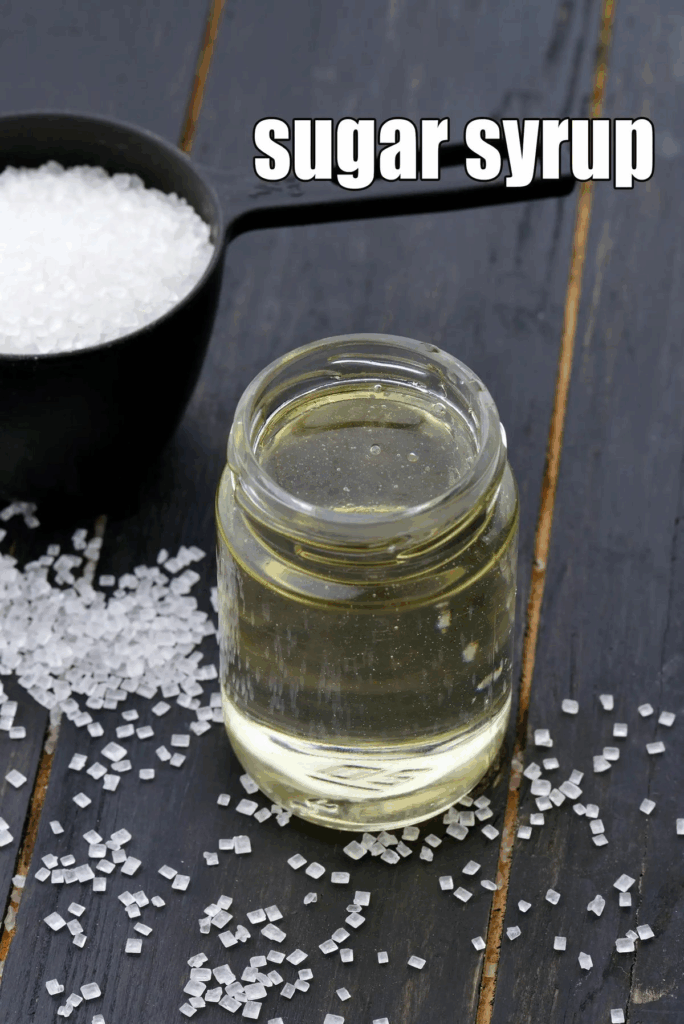
For Rabdi (Thickened Milk)
- Full‑fat milk – ~1 litre (or 500 ml in some versions)
- Sugar – to taste, ~2 tbsp or more.
- Saffron strands, cardamom powder for flavour.
- Optional: milk‑powder or condensed milk to speed up thickening.
- Almonds/pistachios slivered, for garnish.

Garnish/Serving
- Slivered almonds & pistachios
- Silver vark (optional)
- Dried rose petals (optional)

Method
1. Prepare the Ghevar Batter
- Rub/mix the melted ghee with ice cubes until ghee becomes light & creamy. (Some recipes: add ice into ghee to turn it white/foamy)
- In a bowl, sieve the flour (maida) and gram flour (if using).
- Add the chilled milk to the ghee mixture, mix. Then gradually add the flour mixture and then slowly add very cold water (or ice‑cold water) while stirring continuously until you get a thin, flowing batter (slightly thinner than dosa batter) with no lumps.
- Add a few drops of lemon juice. Mix well. Once batter is ready, keep it chilled (in the fridge or a cool place) until you are ready to fry. The cold batter + hot ghee is key to get the porous honeycomb structure.

2. Heat Ghee/Oil for Frying
– Take a deep kadai (pan) and pour enough ghee (or ghee + oil) such that the batter, when poured, has enough depth to expand and form the disc shape. The ghee must be very hot. Some versions use a special mould (ghevar mould) or even a ring mould.
– Preheat until the ghee is hot and shimmering.
3. Frying the Ghevar
- Once the ghee is hot, take the batter and pour it from a height (or use a bottle/squeeze‑bottle) into the hot ghee in a thin continuous stream, near the centre. The batter will sizzle and spread into the ghee forming rings and porous texture.
- After initial stream, pour one or two more ladles of batter slowly until you get the desired thickness. Meanwhile you can gently use a skewer or wooden stick to make a hole in the centre so that frying is even.
- Once the ghevar turns golden brown and is crisp, gently lift it out using a skewer or spoon, allow excess ghee to drain on a rack or strainer.

4. Sugar Syrup Soaking
– Meanwhile, prepare the sugar syrup: combine sugar + water in a pan, dissolve, bring to boil, add cardamom powder/saffron if using. Let it boil till you get ~“1‑string to 2‑string” consistency (i.e., touch two droplets of syrup and they form a fine thread between fingers).
– Add a few drops of lemon to prevent crystallization. Let it cool slightly (warm syrup is OK).
– While the ghevar is still warm, pour the sugar syrup over it or dip the ghevar into the syrup such that the syrup is evenly absorbed. Then place it on a rack so excess syrup drains off. You may leave it for ~30‑60 minutes for the syrup to settle.

5. Prepare the Rabdi
- In a heavy‑bottomed pan, bring the milk to a boil on medium heat. Scrape the sides so it doesn’t stick. Reduce the milk gradually until it becomes about ¼ of original volume (or until good thick consistency). This may take ~1–1.5 hours in traditional style.
- Meanwhile soak saffron in a little warm milk. Add sugar, cardamom powder, saffron, and optionally condensed milk or milk powder (to speed up). Stir well and keep simmering until you get a thick, creamy rabdi. Let it cool and refrigerate if needed.
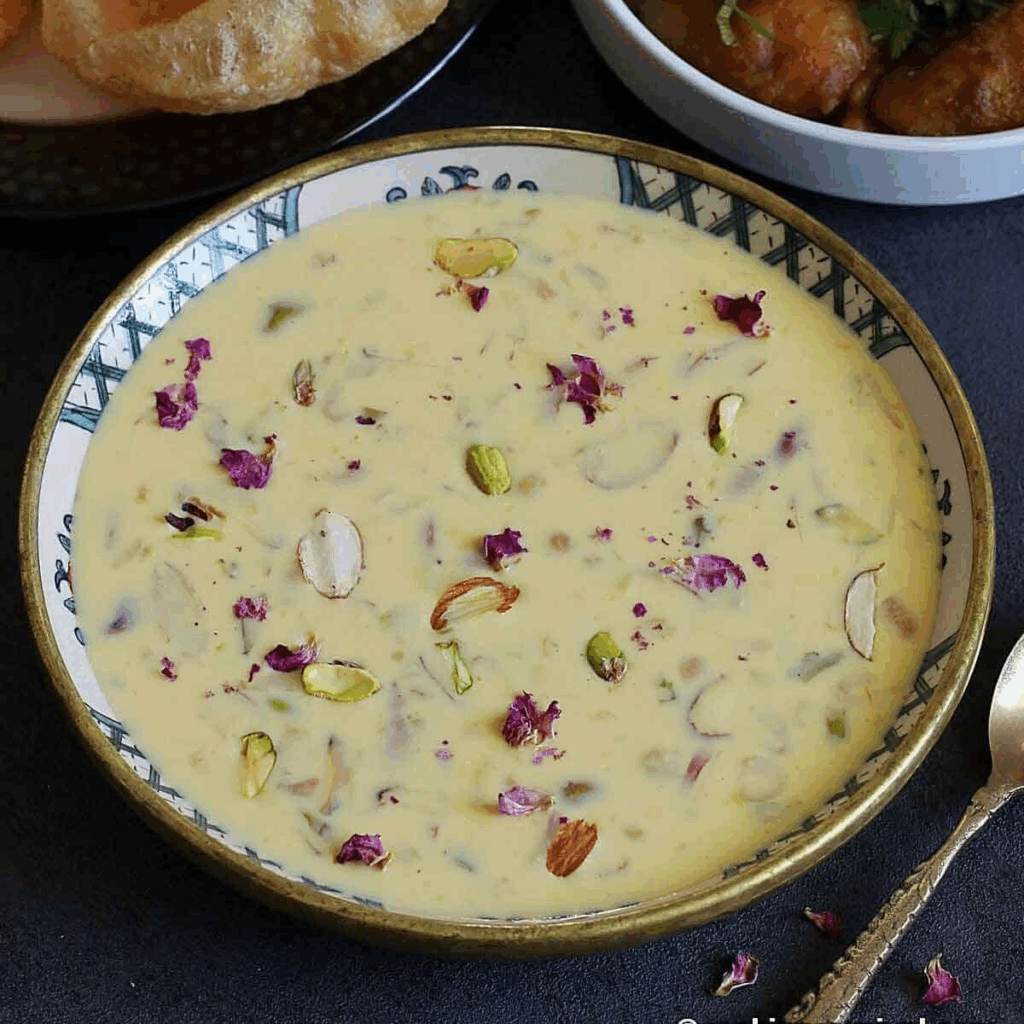
6. Assembly & Serving
– Place the fried & syrup‑soaked ghevar on a serving plate.
– Pour a generous amount of the thick rabdi over the top of the ghevar so that it seeps into the porous structure.
– Garnish with slivered almonds, pistachios, silver‑leaf, and rose petals if you like.
– Serve immediately for best texture: the ghevar should still have some crispness and the rabdi should be chilled or room‑temp, creating a contrast. Note: If you leave the rabdi on too long, the ghevar may become soggy.

Tips & Tricks for Best Result
- Ensure the batter is very cold (ice‑cold water, refrigerated) and the frying ghee is very hot. That contrast helps form the lacy/honeycomb texture.
- Do not pour too much batter at once into the hot ghee — small thin stream is better.
- Use a deep and heavy‑bottomed vessel for frying so the ghee heat is stable and batter spreads well.
- After frying, drain well of excess ghee; otherwise the dessert becomes too greasy.
- For the syrup, don’t pour piping‑hot very hot syrup onto a hot ghevar; moderate temperature avoids breakage and keeps texture.
- If you’re making ahead and want to store, you can store the fried and syrup‑soaked ghevar without rabdi in an airtight container (for a few days) but once you add rabdi it’s best consumed quickly.
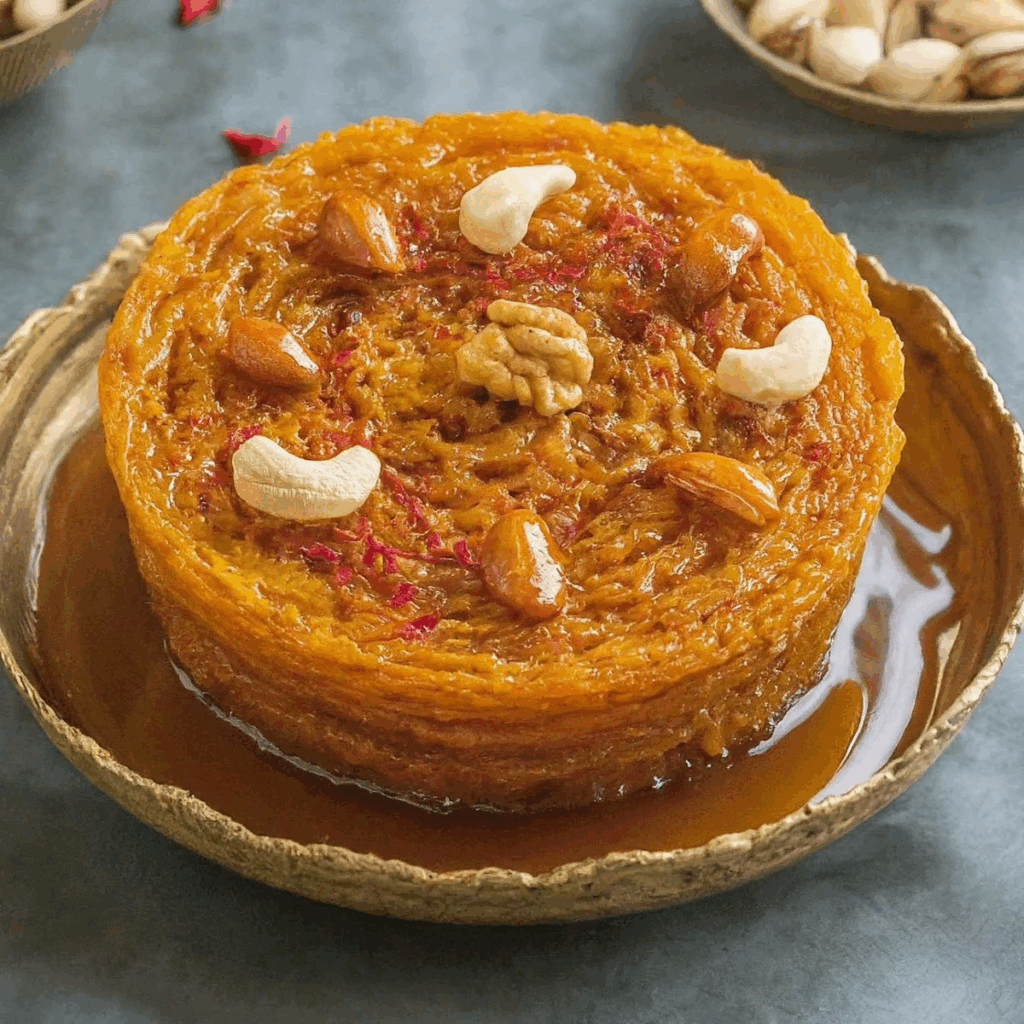
Why This Dessert is Special
- Ghevar has a unique honeycomb-like porous structure, which allows the sugar syrup (and then the rabdi) to seep in, giving a delightful contrast of crisp & milkiness.
- It is deeply rooted in Rajasthani culture: traditionally served during the monsoon festival of Teej and Raksha Bandhan, especially in Rajasthan and adjoining areas.
- Topping it with rabdi elevates it: the rich, thick, saffron and cardamom‑flavoured milk adds regal flavour and richness.
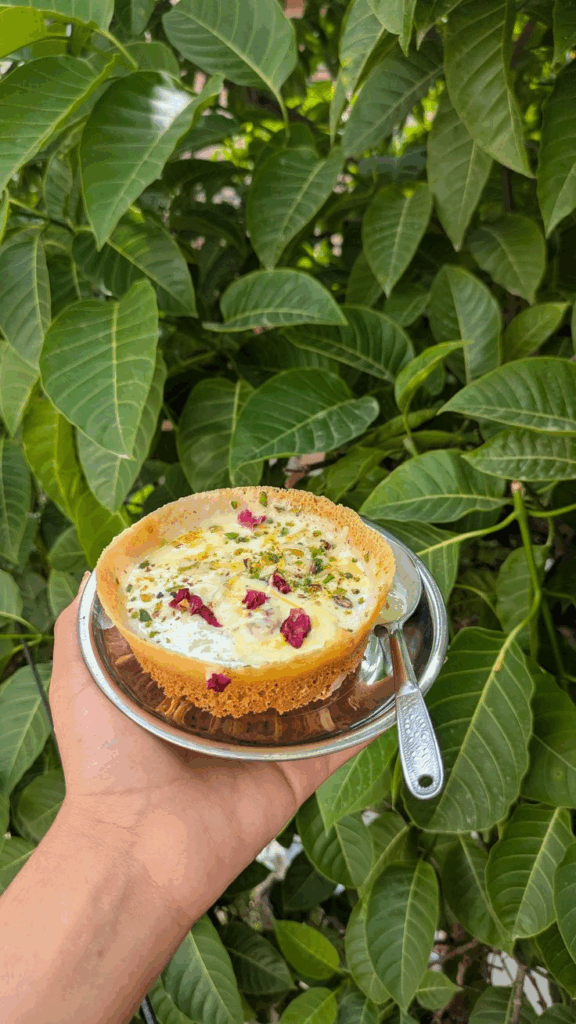

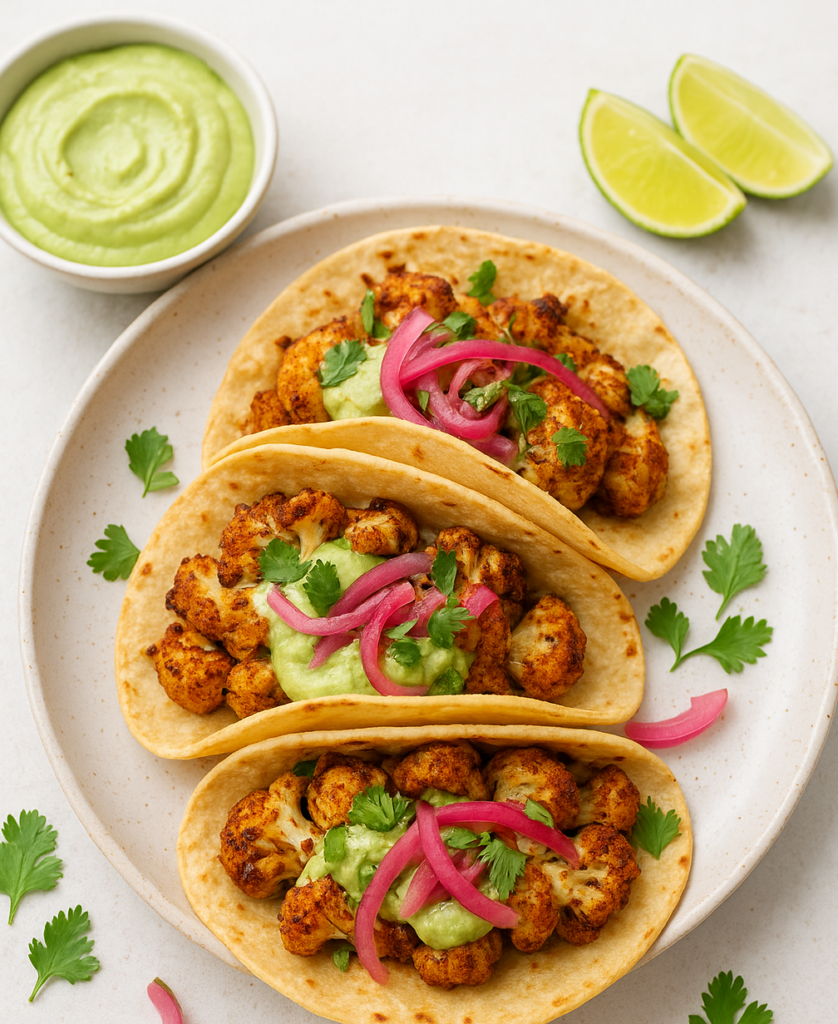
No responses yet